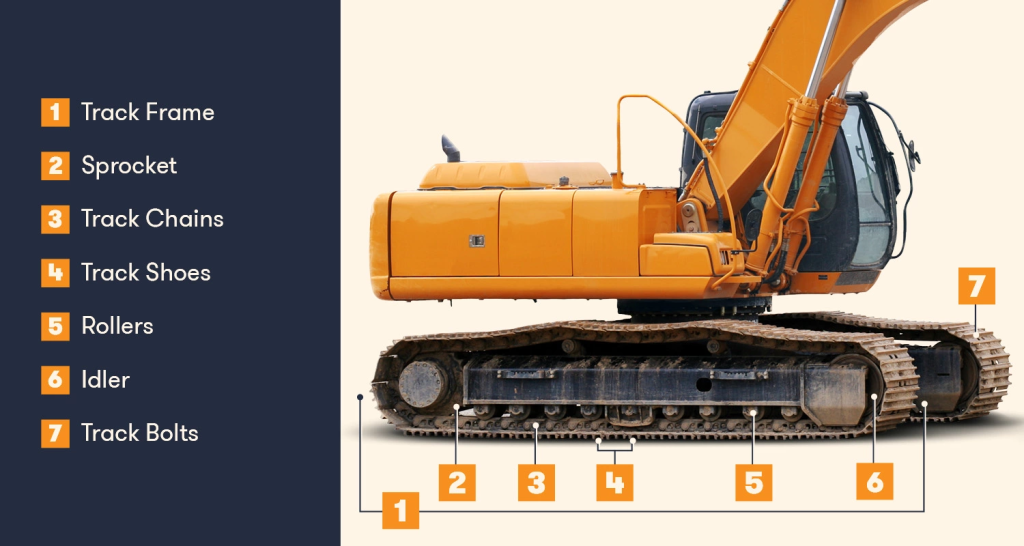
Excavator parts diagrams are essential tools for understanding the components and structures of excavators. These diagrams provide a visual representation of the machine, helping operators, mechanics, and engineers identify parts, understand their functions, and facilitate maintenance and repairs.
Key Components of Excavator Parts Diagrams
- Main Structure
- Cab: The operator’s compartment where controls are located.
- Boom: The long arm that extends from the cab, used for lifting and digging.
- Stick (or Arm): Connects the boom to the bucket, allowing for increased reach.
- Bucket: The digging implement attached to the end of the stick.
- Undercarriage
- Tracks: Provide mobility and stability on various terrains.
- Rollers: Support the track system and reduce friction.
- Idlers: Guide the tracks and maintain tension.
- Hydraulic System
- Hydraulic Pump: Powers the movement of the boom, stick, and bucket.
- Hydraulic Cylinders: Convert hydraulic pressure into mechanical force for moving parts.
- Hydraulic Hoses: Carry pressurized fluid between components.

- Electrical Components
- Starter Motor: Initiates engine operation.
- Battery: Powers electrical systems and components.
- Control Panel: Displays gauges and controls for operation.
- Engine and Powertrain
- Engine: The primary power source of the excavator.
- Transmission: Transfers power from the engine to the tracks.
Benefits of Using Excavator Parts Diagrams
- Ease of Identification: Quickly locate and identify parts for maintenance or repair.
- Improved Communication: Facilitate discussions between operators and technicians.
- Training Tool: Educate new operators on the layout and functionality of the excavator.
- Maintenance Guidance: Provide clear visuals for troubleshooting and servicing.
Conclusion
Excavator parts diagrams are invaluable resources for anyone involved with excavators. They enhance understanding, streamline maintenance processes, and improve safety by ensuring that operators are familiar with the machinery’s components. Having a good grasp of these diagrams can significantly contribute to the efficient operation and longevity of excavators. If you have any specific questions about excavator parts or their diagrams, feel free to ask!